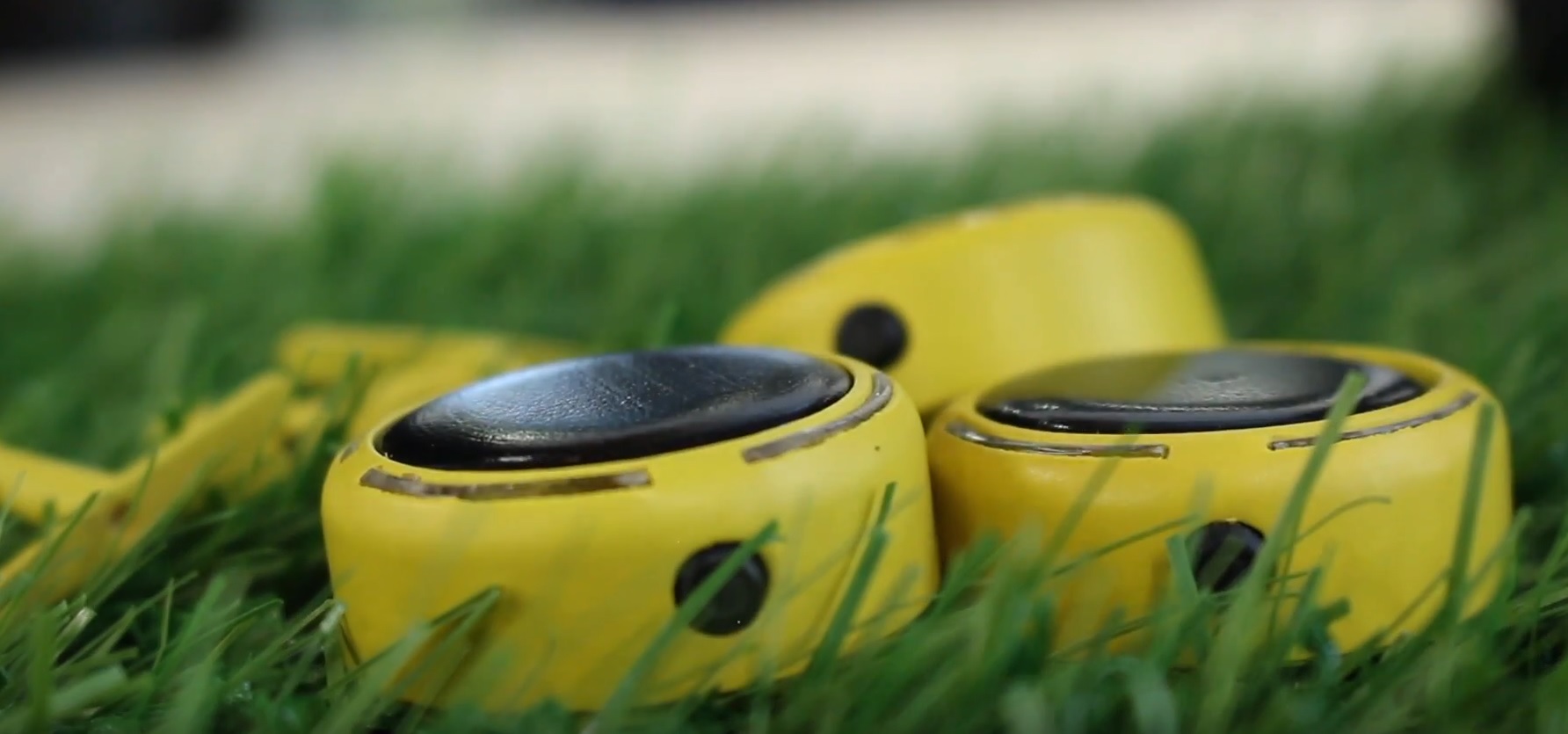
An electronic tag that enables farmers to remotely manage livestock welfare via their smartphone could improve farming efficiency and reduce the number of deaths during birth.
WM Systems, designed by Loughborough University Industrial Design and Technology student Ollie Godwin, is a solar powered tag that records animals’ heart rate and body temperature every five minutes and alerts farmers to potential health problems.
The tag, which also monitors livestock location, is ideal for use during lambing where body temperature spikes in the hour prior to birth.
Whenever a body temperature or heart rate reading is detected outside of set parameters, an alarm is signalled on the farmer’s phone enabling the farmer to go to the animal’s aid.
The innovative system is suitable for a wide range of livestock, including cows, pigs and goats, and can also signal when an animal is in distress.
With the addition of a single signal bouncer, it has a range of up to 15 miles (this can be increased further by adding more signal bouncers).
The associated app removes the need for manual data entry, reducing risk of human error and slashing the time needed to complete paperwork.
Autonomously monitors livestock welfare
Designer Ollie, who was inspired to create the tag after helping his mother lamb his sister’s pedigree Zwartbles sheep, believes his invention is the first system that autonomously monitors livestock welfare.
Ollie said: "For the first time, farmers can access remote 24-hour reporting on their livestock.
"Not only will this allow farmers to react quickly when their animals need them, but it also mitigates the need for regular night visits during birthing season.
"Whether they have two lamas, 200 cows, or 2,000 sheep, the system can be customized to their needs.
"As industry profit margins continue to shrink, farmers need to explore every angle to reduce their costs.
"By automating these areas of welfare management, farmers reduce the man hours needed to care for and report on their livestock."
